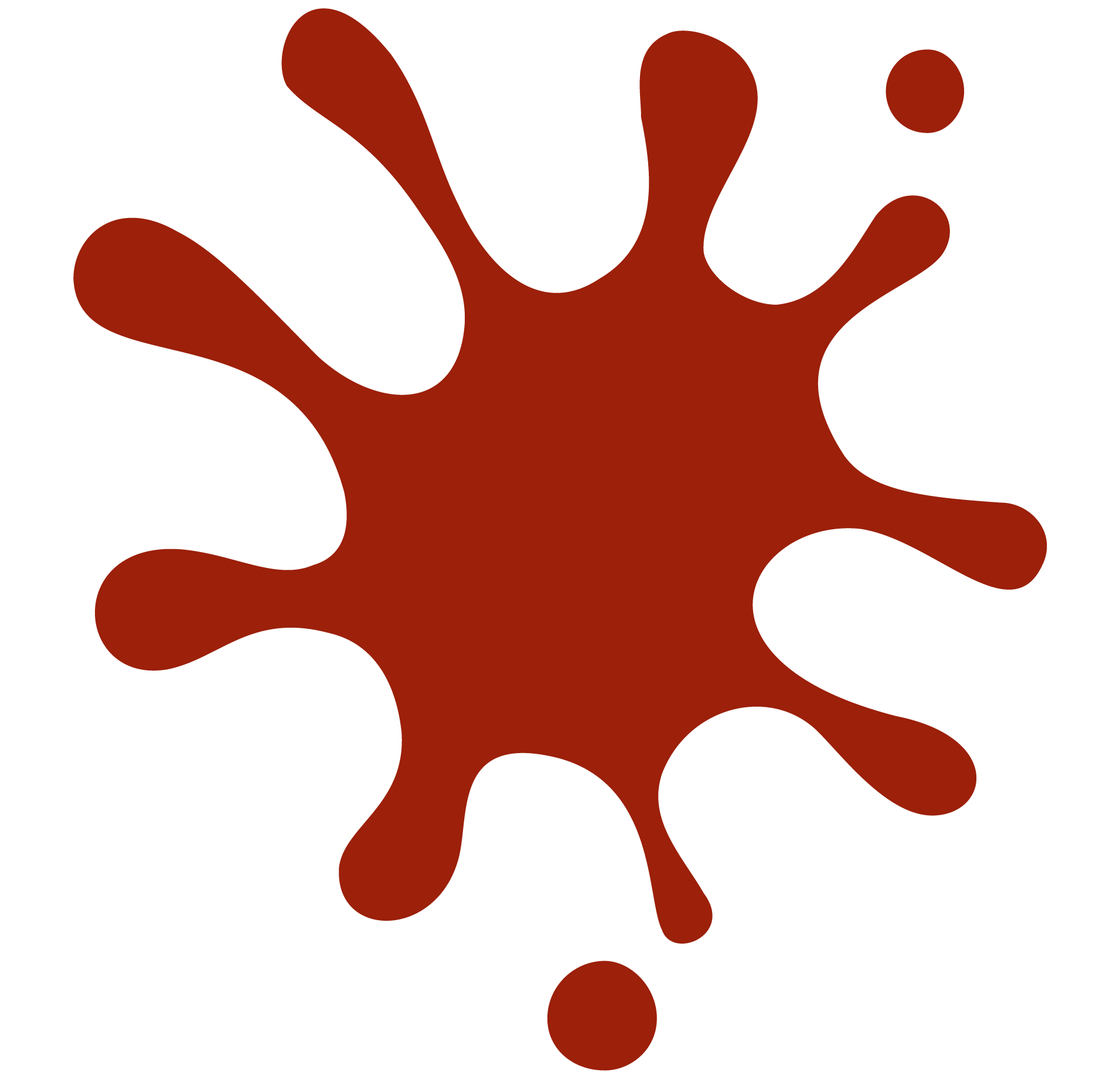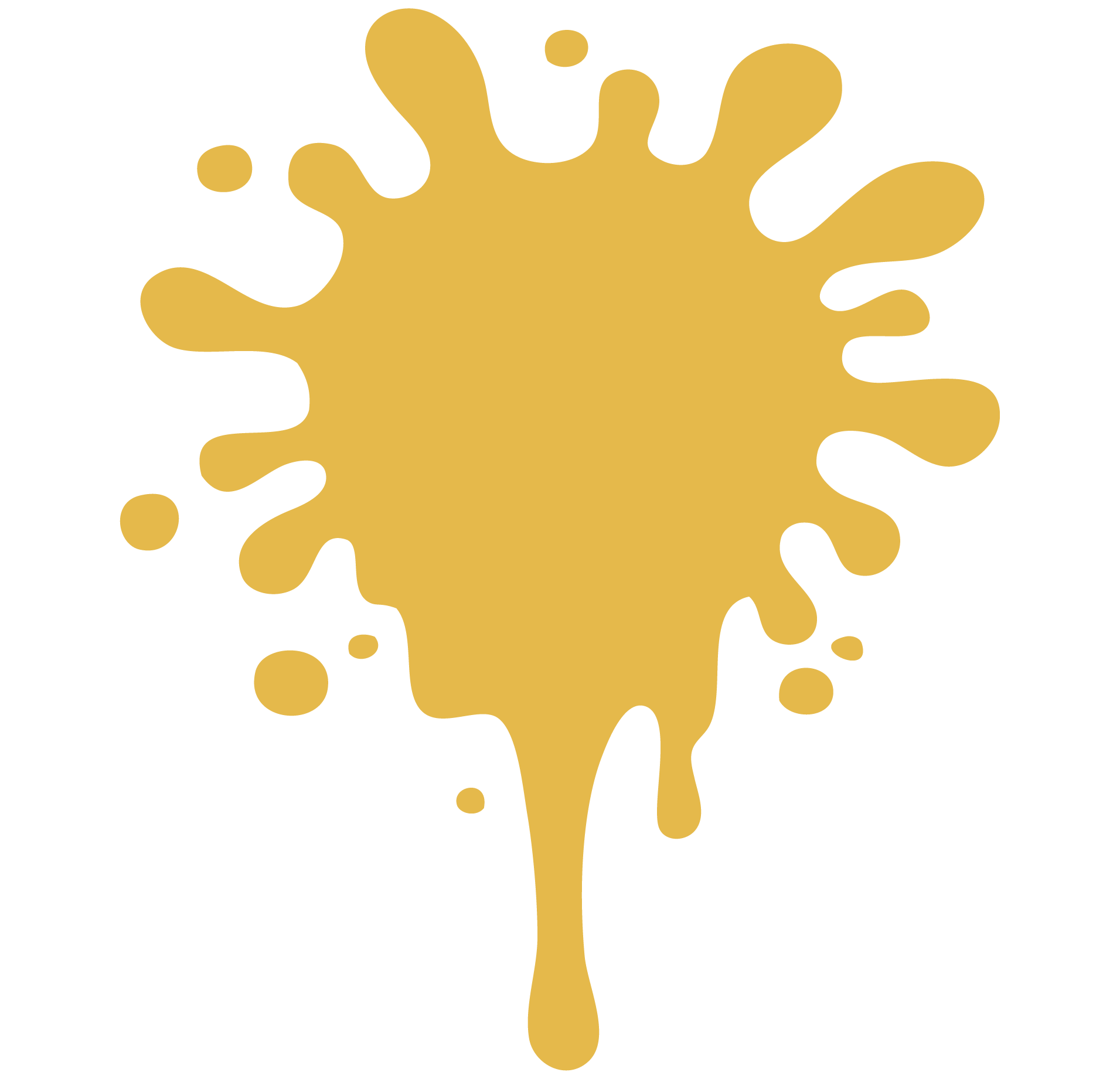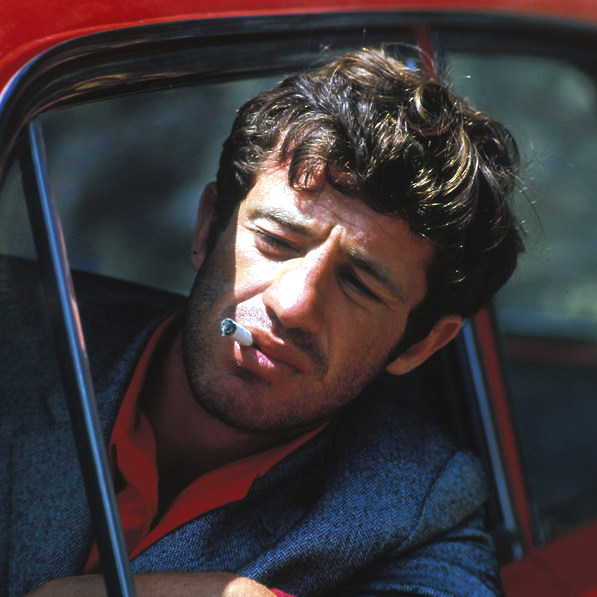Jean-Luc Godard's
Pierrot le Fou
A JEAN-LUC GODARD’S MASTERPIECE
A colorful french film in a world of pure art. Pierrot le Fou is a
1965 French film by Jean-Luc Godard. It is based on a crime
novel, Obsession, by the American writer Lionel White (translated
into French as Le démon d’onze heures—literally, “The Eleven
O’Clock Demon”). Godard described it as “the story of a guy who
leaves his family to follow a girl much younger than he is. She is
in cahoots with slightly shady people, and it leads to a series of
adventures.” Pierrot escapes his boring society and travels from
Paris to the Mediterranean Sea with Marianne, a girl chased by
hit-men from Algeria. They lead an unorthodox life, always on the
run.
The Pop art aesthetic is one of the main features. The film has
many of the characteristics of the then dominant pop art movement,
making constant disjunctive references to various elements of mass
culture. Like much pop art, the film uses visuals drawn from
cartoons and employs an intentionally visual aesthetic based on
bright primary colors.
Characters
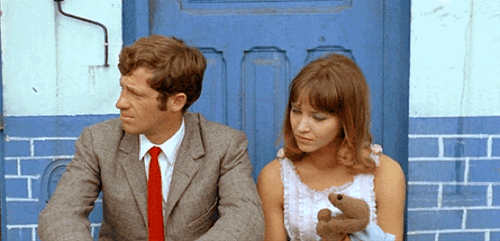
The entire movie is starred with an iconic couple as the main characters. Anna Karina is Marianne Renoir. She is named after the painter and the similarities between a specific painting of Renoir - it is so obviously noticed in the beginning of the movie. Jean-Paul Belmondo plays Pierrot Le Fou. The couple represent a free spirit humen beings and love. They both live between the reality and an endless adventure as kids. It is magical and beautiful.
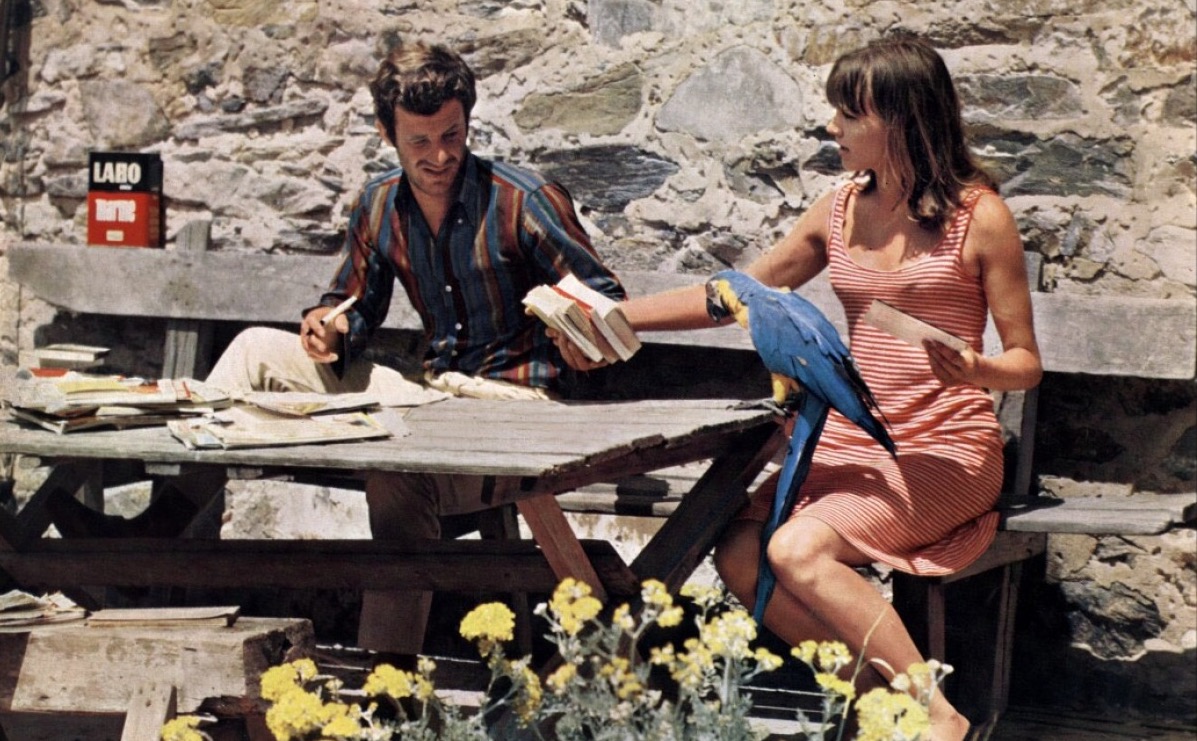
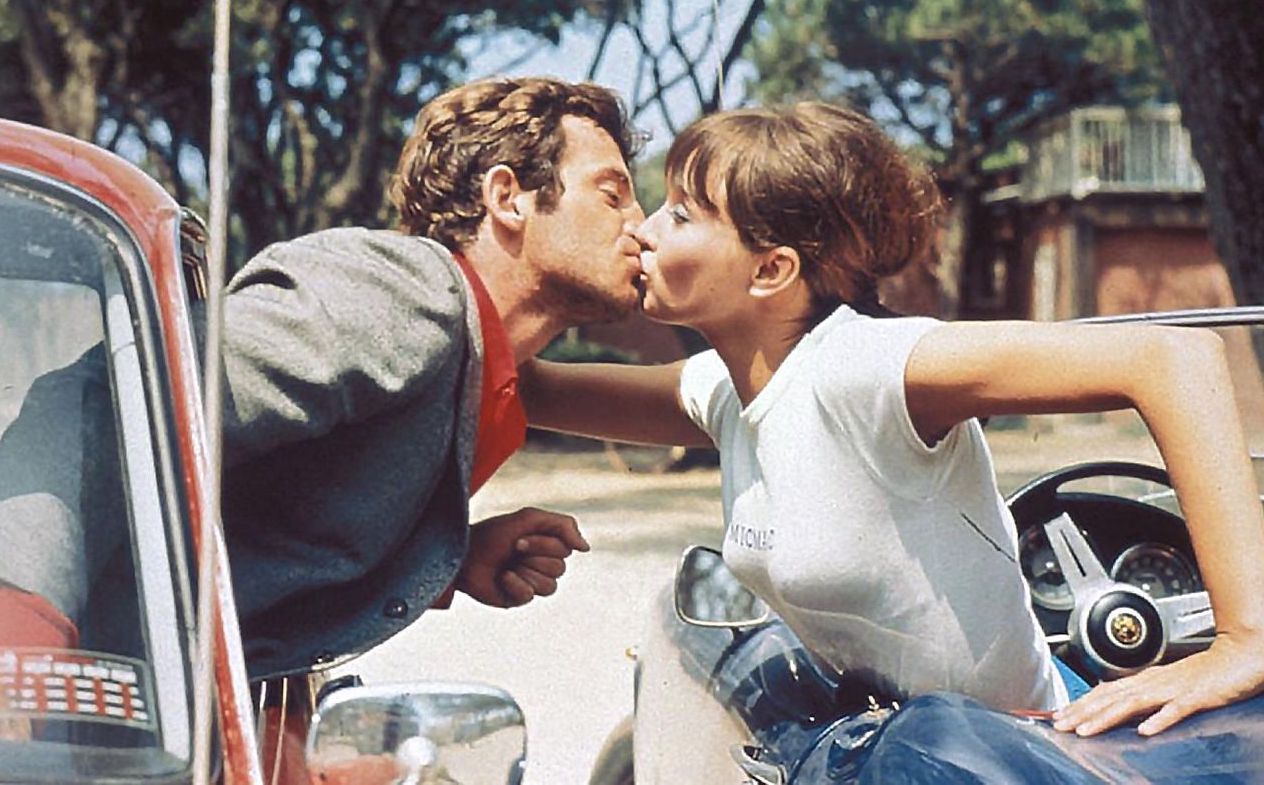

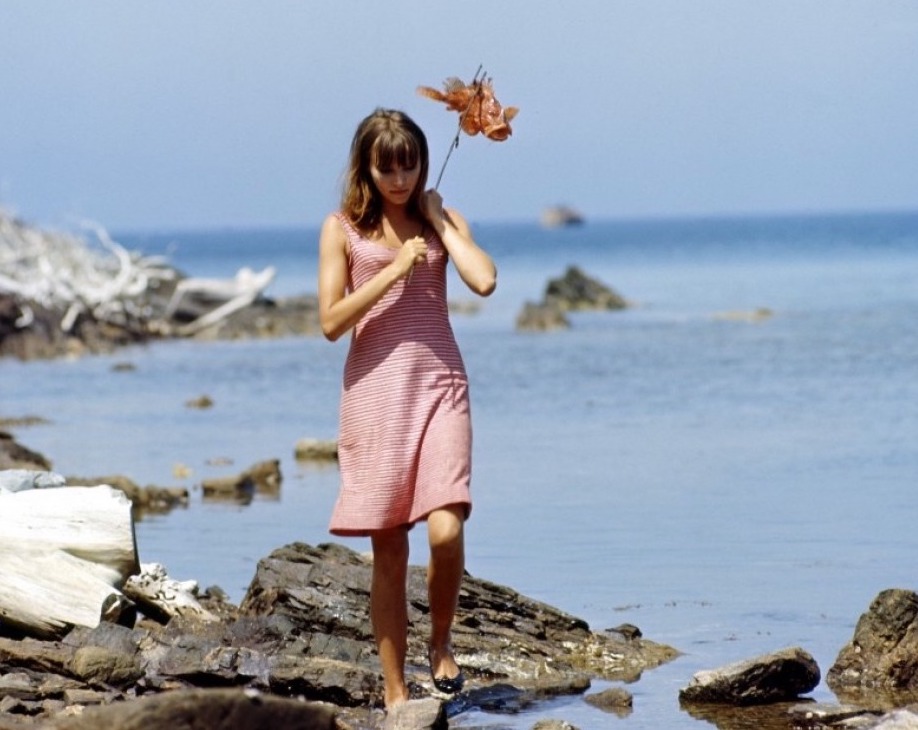

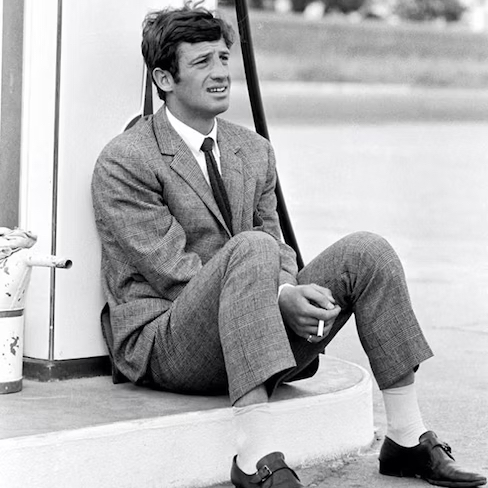
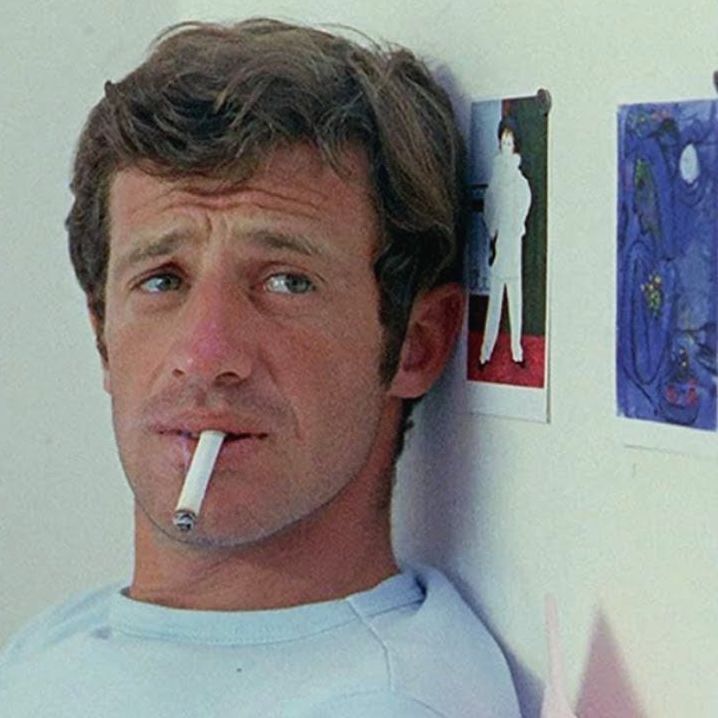
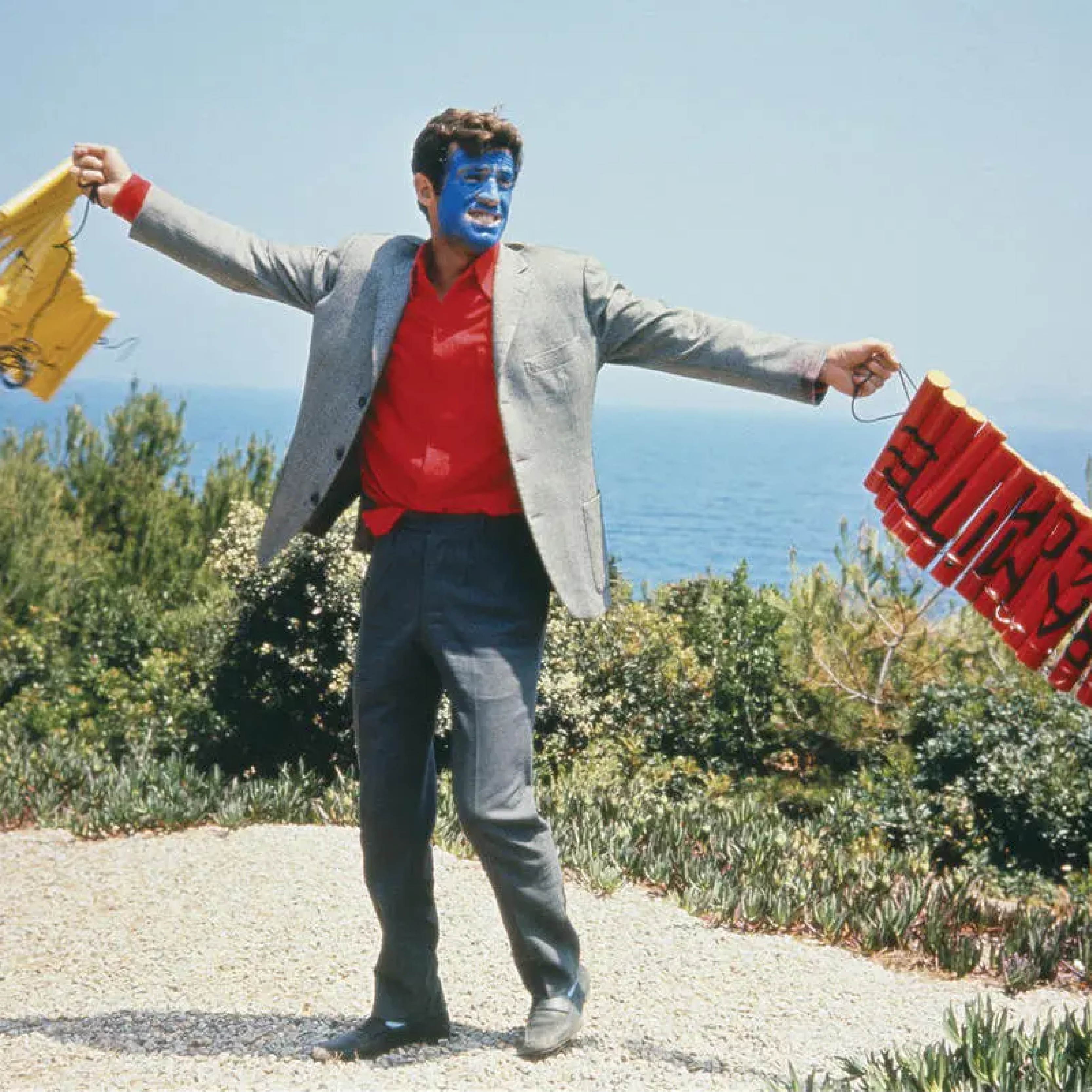
Art
Pierrot le Fou is filled with art and its attributes, from Marianne’s last name (and some paintings to go with it) to works by Picasso on walls and as insert shots, Ferdinand's repeated references to Balzac, and so much more. Pierrot le Fou is pure art by itself. Godard rooted his film in a high artistic and literary tradition that transcended the conventions and habits of the cinema. He wanted to accomplish something that goes far beyond the bounds of the cinema, beyond its familiar genres, conventions and forms. Bellow we can find some movie stills of the paintings on the wall.
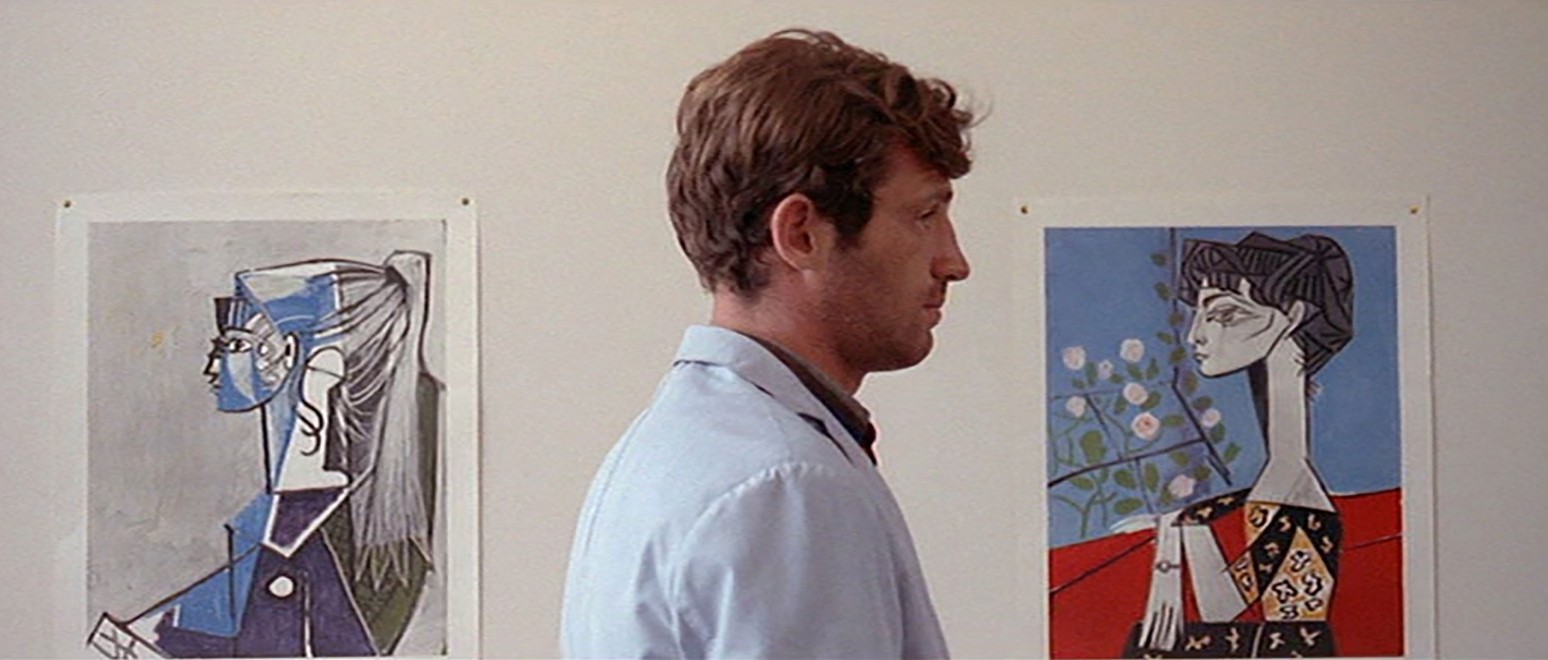
Picasso, Portrait de Sylvette (1954) & Jacqueline aux fleurs (1954)

Picasso, Jeune femme au miroir (1932)
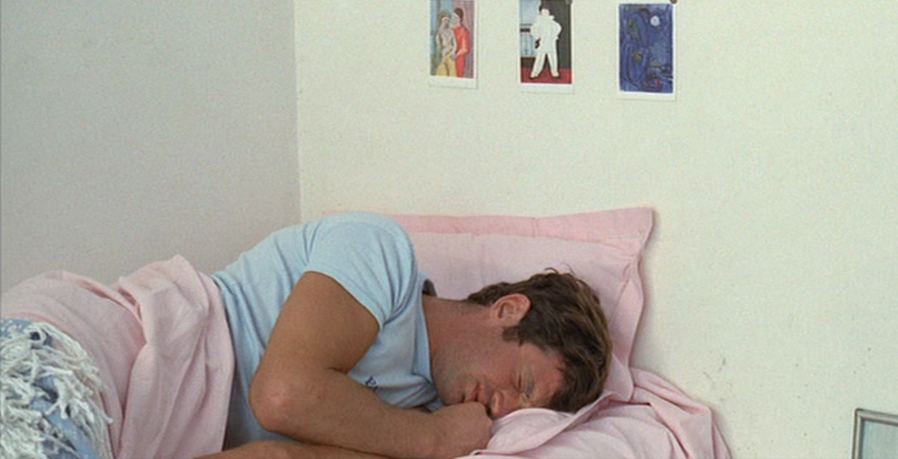
Picasso, Les Amoureux (1922) & Paul en Pierrot (1925); Chagall, Cap Ferrat (1952)
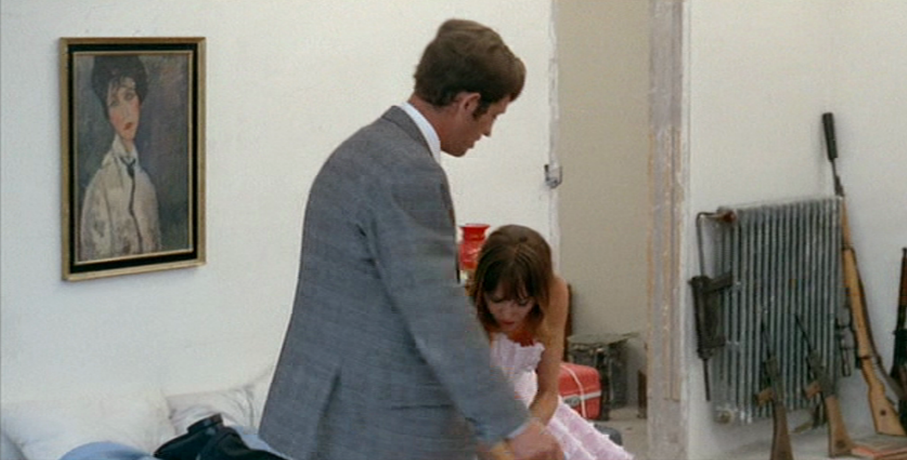
Modigliani, Femme à la cravate (1917)
Visuals
In this film as the most of Godard’s color films of the 1960s we can notice a repeated use of the same three primary colors: red, blue and yellow.

